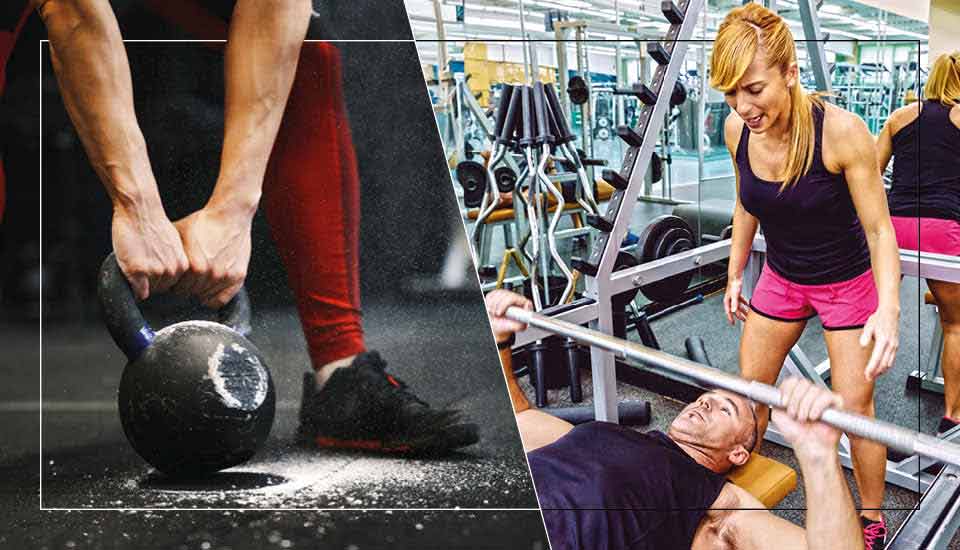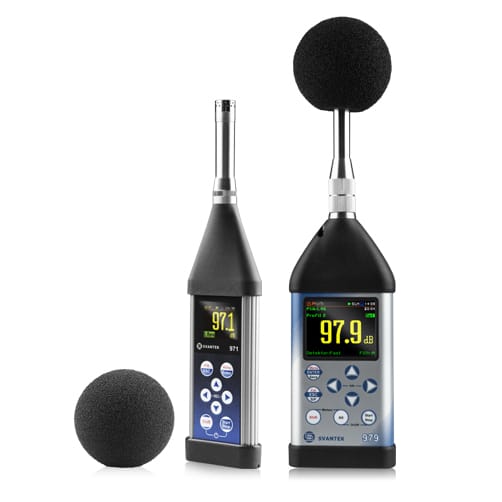Noise from the gym
Noise from gyms and fitness clubs, coming from various sources, can significantly affect the comfort of life of residents, which makes its measurement key to assessing compliance with standards and protecting health.
Noise from gyms and fitness clubs, coming from various sources, can significantly affect the comfort of life of residents, which makes its measurement key to assessing compliance with standards and protecting health.
Noise generated by gyms and fitness clubs has various sources, including low-frequency and impulse noise from dropping weights, machine operation, instructor voices, shouting, and loud music. This noise can penetrate neighboring premises through the air and material, which makes it annoying for residents. Due to the long hours of operation of these facilities, noise can affect the comfort of life in the area for most of the day.

Noise level measurement is crucial because long-term exposure to noise from gyms and fitness clubs can negatively affect health, causing sleep and concentration problems and increasing the risk of cardiovascular diseases and mental disorders. The results of the measurements can be used as evidence in disputes with property managers if the noise exceeds the permissible standards.
Noise measurements generated by gyms and fitness clubs are best left to accredited laboratories, which guarantee that the results are in accordance with applicable standards and regulations. Accredited laboratories have the appropriate tools and procedures, which ensures the reliability of the results and their use in possible legal proceedings.
Specific regulations and standards for gyms and fitness clubs, particularly concerning their impact on adjacent residential premises, are typically established at the national level. For example, in Poland noise standards for gyms and fitness clubs are assessed according to the regulations for noise in residential premises. According to the PN-B-02151-2:1987/Ap1:2015-05 standard, the equivalent sound level A should not exceed 40 dB during the day and 30 dB at night. Measurements are made in accordance with PN-B-02156:1987 in an apartment exposed to noise from the gym.
Approaches to noise measurement and regulation for gyms and fitness clubs vary across countries, reflecting different standards and guidelines. In Poland, noise assessments for gyms and fitness clubs involve measuring sound levels within adjacent residential spaces, particularly those sharing a common partition with the noise-generating area. Measurements are conducted during periods when noise is most likely to disturb residents, with windows closed to simulate typical living conditions. The focus is on capturing A-weighted equivalent continuous sound levels (LAeq) and maximum sound levels using the SLOW time constant, often accompanied by audio recordings for source verification.
The measurement time includes the noise analysis procedure, but also the time to prepare the measuring equipment, estimate the uncertainty or prepare a report with measurement conclusions. This time can range from a few to a dozen days. The measurement time in a noisy location can take several hours, but there are a number of other activities that must be performed to make the entire noise analysis procedure complete.
Noise measurement in a premises exposed to noise generated by gyms and fitness clubs should be carried out using a class 1 sound level meter, which has a calibration certificate no older than 2 years. The meter readings must be calibrated. The meter itself must have FAST and SLOW time constant options and the ability to save results.
